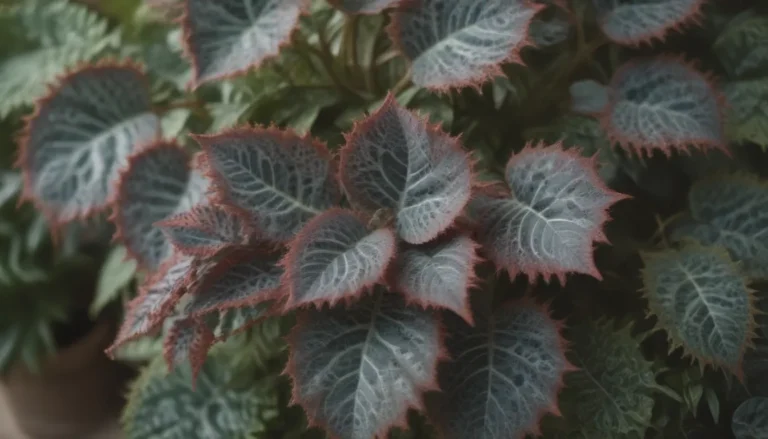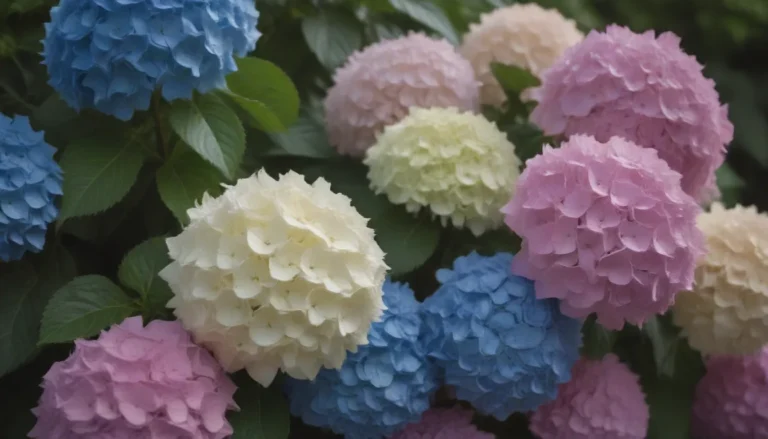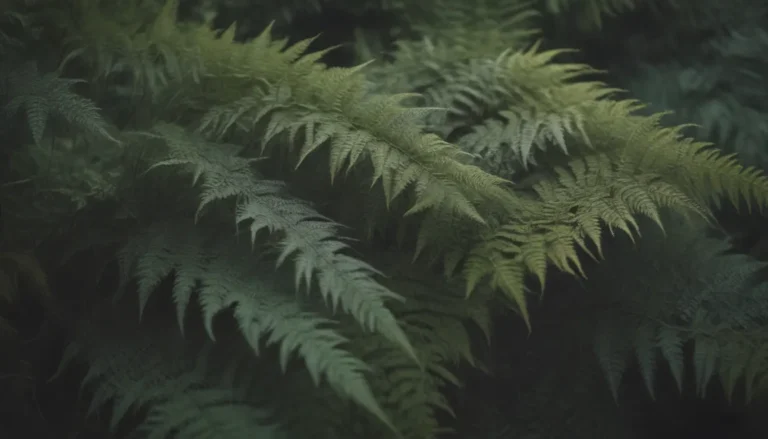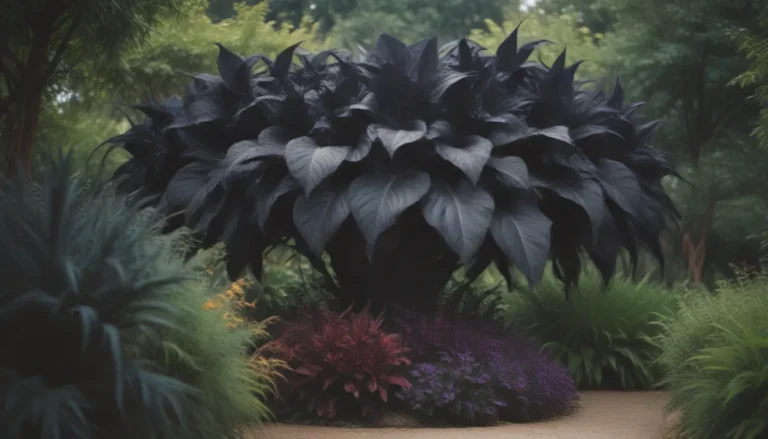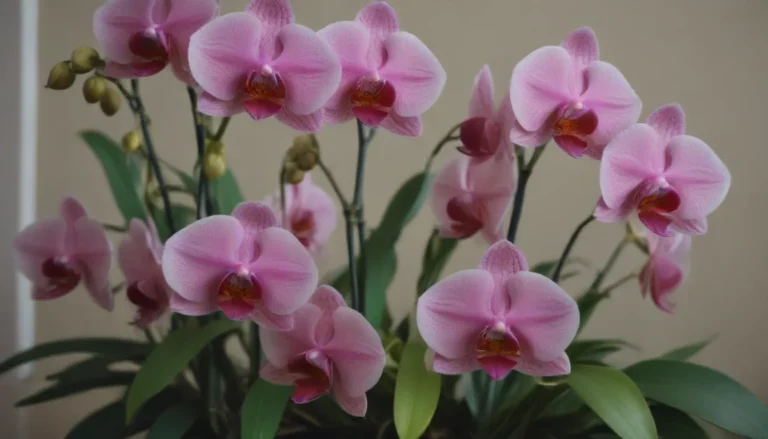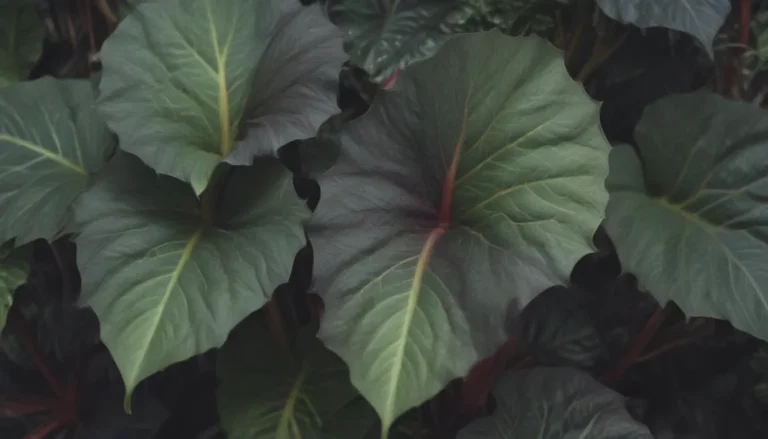Growing and Caring for Ornamental Millet: A Complete Guide for Gardeners
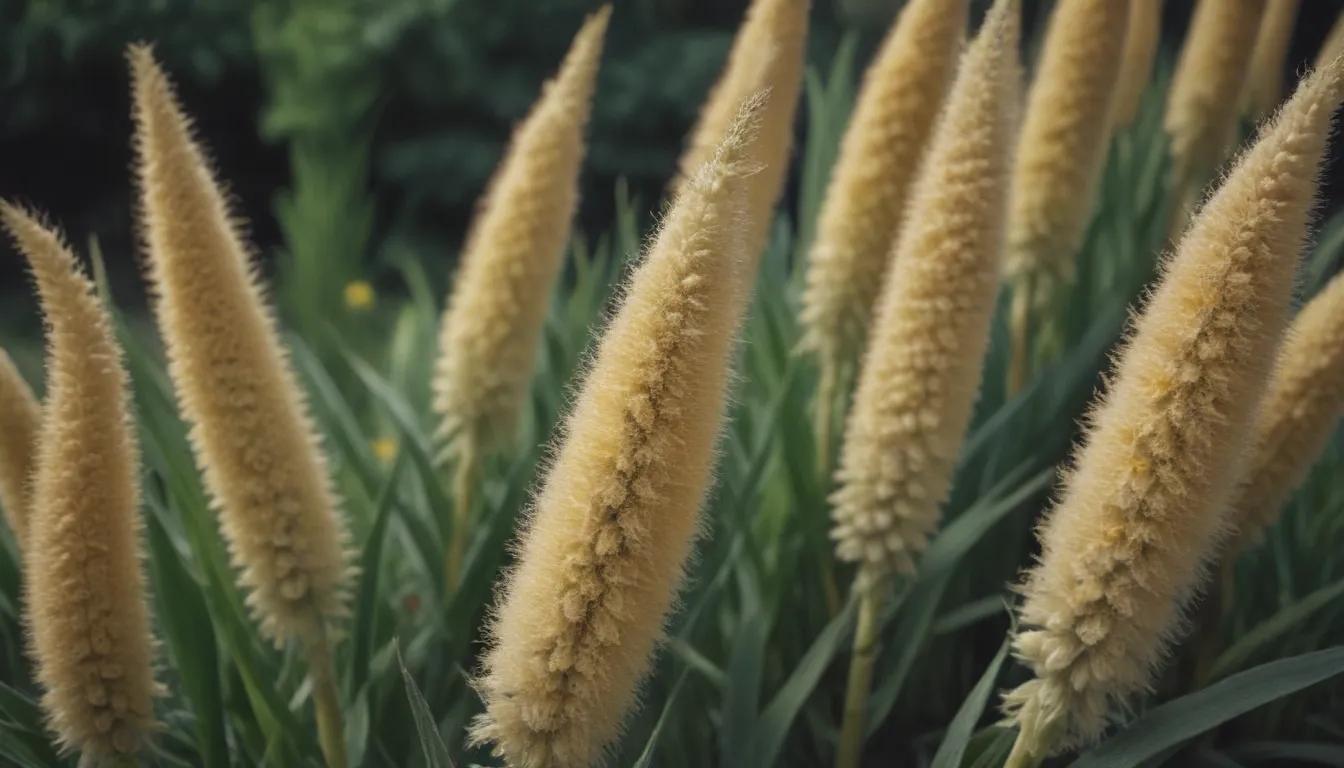
Are you looking to add a touch of drama and elegance to your garden? Consider growing ornamental millet, also known as pearl millet. This beautiful plant is not only visually striking with its deep purple foliage, stems, and flower plumes but also serves as a valuable food source for backyard birds. In this comprehensive guide, we will explore everything you need to know about growing and caring for ornamental millet to ensure your garden thrives.
Understanding Ornamental Millet
Before we delve into the specifics of growing and caring for ornamental millet, let’s first understand what makes this plant so special. Here are a few key points to keep in mind:
- Millet, particularly pearl millet (Pennisetum glaucum), is commonly used as an ornamental plant in gardens.
- It thrives in hot climates but can tolerate a variety of soil conditions, including infertile soil.
- Millet requires full sun and moist, well-drained soil to flourish.
Now that we have a basic understanding of ornamental millet, let’s explore the essential care requirements for growing this stunning plant in your garden.
Millet Care Requirements
Light
- Ornamental millet thrives in full sun, although it can tolerate partial shade.
- For the most vibrant color and dramatic effect, ensure your millet plants receive ample sunlight.
Soil
- Millet is a low-maintenance plant that can tolerate a wide range of soil conditions, including high salt and varying pH levels.
- Good drainage is essential to prevent waterlogging, as millet does not thrive in excessively wet soil.
Water
- While not overly thirsty, millet benefits from regular watering, particularly during dry periods.
- Aim to provide approximately 1 inch of water per week through rainfall or irrigation to keep your millet plants healthy.
Temperature and Humidity
- Ornamental millet thrives in hot climates and warm-season conditions.
- It can withstand dry weather and harsh sun, making it a resilient plant in various environmental conditions.
Fertilizer
- Consider fertilizing your ornamental millet with a balanced fertilizer like 15-0-15 to promote healthy growth.
- Follow the product label instructions for the correct application and dosage to ensure optimal results.
By meeting these care requirements, you can ensure that your ornamental millet plants thrive and add a touch of beauty to your garden.
Types of Ornamental Millet
When choosing ornamental millet for your garden, you have a variety of options to consider. Here are a few popular types of ornamental millet to explore:
- ‘Purple Majesty’: Known for its rich purple foliage and striking appearance.
- ‘Purple Barron’: Another cultivar with deep purple coloration and elegant plumes.
- ‘Purple Jester’: Features a unique combination of colors and textures for added visual interest.
- ‘Jade Princess’: Offers a different color palette with shades of green and cream for a subtle yet beautiful display.
Selecting the right type of ornamental millet can help you create the perfect focal point in your garden and enhance its overall aesthetic appeal.
How to Grow Millet From Seed
If you’re interested in starting your ornamental millet plants from seeds, here are a few tips to guide you through the process:
- Start seeds indoors in trays approximately 45 days before the last frost date.
- Harden off seedlings before transplanting them outdoors to ensure they adjust to cooler weather.
- With its fast-growing nature, ornamental millet can go from seed to flower in just 60 days, providing a quick and rewarding gardening experience.
By following these steps, you can successfully grow ornamental millet from seed and enjoy its beauty in your garden.
Common Pests and Plant Diseases
Like many plants, ornamental millet may face challenges from pests and diseases. Here are some common issues to watch out for and how to address them:
- Pests: Keep an eye out for aphids, spider mites, and wireworms, which may feed on ornamental millet.
- Diseases: Look for signs of ergot, cercosporin leaf spot, downy mildew, leaf rust, and smut, and treat them with appropriate fungicides.
By monitoring your plants regularly and taking prompt action against pests and diseases, you can protect your ornamental millet and ensure its health and vitality.
How to Encourage Blooming in Millet
If you’re eager to see your ornamental millet plants in full bloom, here are a few tips to help you achieve a vibrant display:
- Bloom Months: Millet typically blooms from early to late summer, lasting from June through September.
- Flower Characteristics: Millet flowers resemble a blend of a purple or maroon cornstalk and cattail, with some varieties featuring white or cream inflorescences.
- Encouraging More Blooms: To promote abundant blooms, provide full sun, warm air, and well-drained soil for your millet plants.
- Deadheading Millet: Removing spent flower spikes can prolong the blooming period and prevent seed formation until you’re ready to allow seedheads to dry for bird feeding.
By following these guidelines, you can encourage healthy blooming in your ornamental millet plants and enjoy a stunning floral display in your garden.
Addressing Common Millet Problems
While ornamental millet is relatively easy to grow, it may encounter a few challenges along the way. Here are some common problems you may face and how to address them:
- Lackluster Color: Ensure your millet plants receive adequate sunlight to maintain their vibrant purple and maroon hues.
- Poor Growth: Address issues such as cool or wet soil conditions, weed competition, and nutrient deficiencies to support robust growth in your millet plants.
By identifying and addressing these common problems, you can cultivate healthy and thriving ornamental millet plants that elevate the beauty of your garden.
Fun Facts About Ornamental Millet
- In 2003, the ‘Purple Majesty’ cultivar of millet was awarded an All-America Selections Gold Medal for its exceptional beauty and performance.
- Pearl millet (Pennisetum glaucum) is one of several types of millet commonly used as an ornamental plant in the United States.
- Millet is often used as animal feed in its early stages but is primarily grown for its ornamental value in gardens.
In conclusion, ornamental millet is a versatile and beautiful plant that can enhance the visual appeal of any garden. By following the care tips outlined in this guide, you can successfully grow and nurture ornamental millet plants and enjoy their stunning beauty throughout the growing season. Whether you’re a seasoned gardener or a novice enthusiast, adding ornamental millet to your garden is sure to bring joy and elegance to your outdoor space.
For more information on growing and caring for ornamental millet, refer to resources such as the University of Wisconsin Horticulture Division of Extension and the University of Georgia Extension. Happy gardening!
Sources:
– University of Wisconsin Horticulture Division of Extension
– University of Georgia Extension
– University of Florida’s Institute of Food and Agricultural Sciences Extension.
